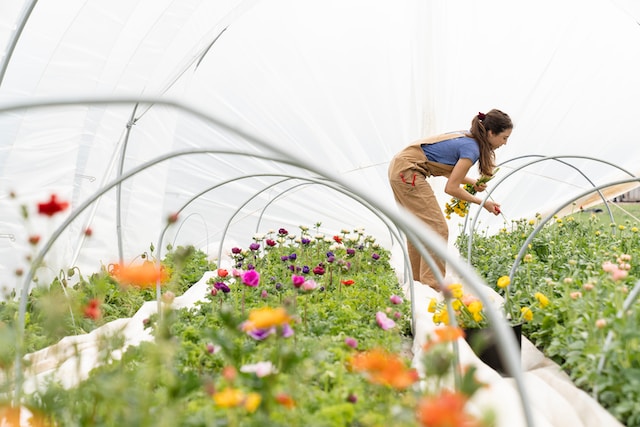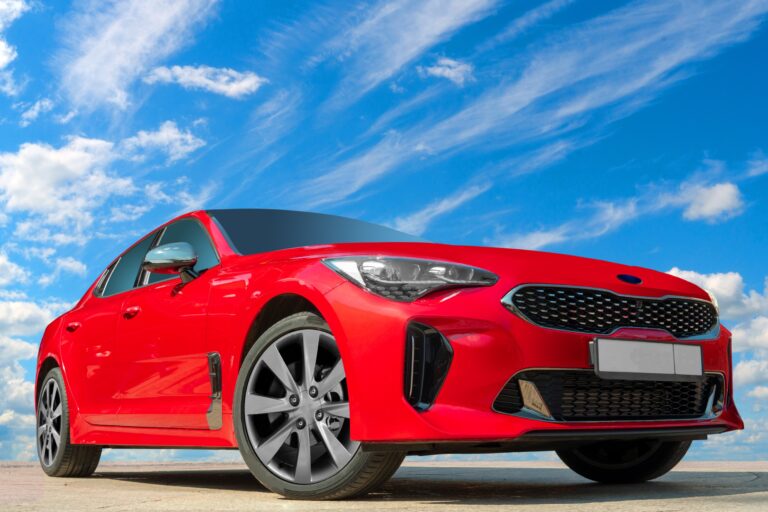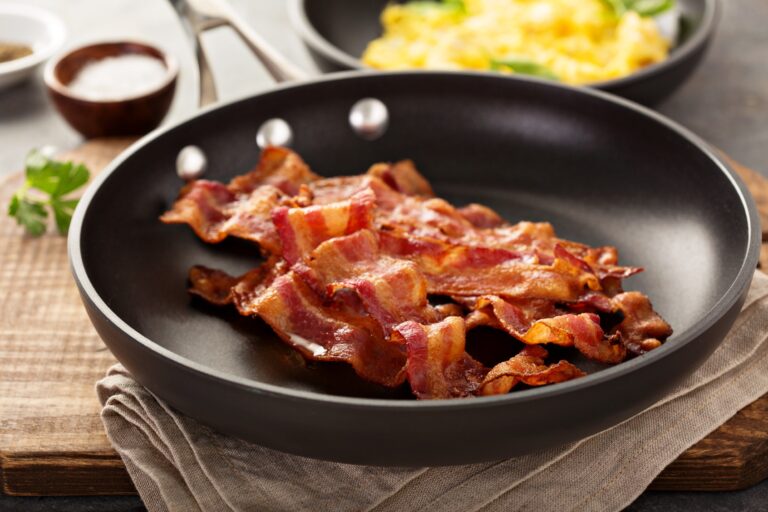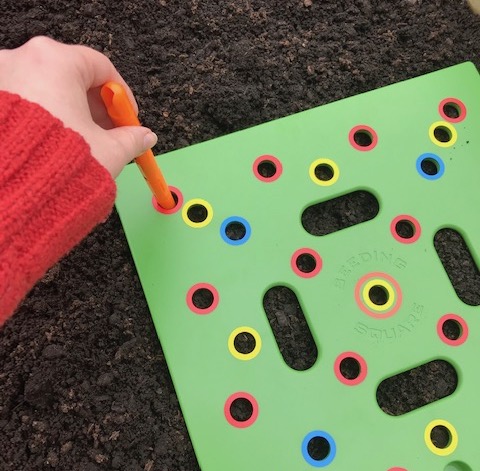Whether you’re a master gardener or a beginner, you need workwear that’s breathable, durable, and easy to move around in. Jeans and a top that you don’t mind getting dirty will work in a pinch. However, you’ll probably be more comfortable in a pair of gardening overalls, which protect your clothes and body from dirt,…
product review
14 Dangers of Drinking from Plastic Bottles and The Alternatives
In today’s eco-conscious world, the use of plastic bottles has become a hot topic due to their impact on health and the environment. With an increasing number of studies pointing out the dangers associated with these ubiquitous containers, it is crucial for consumers to understand the risks and consider safer alternatives. Here, we delve into…
Behind the Wheel: The Surprising Truth About 11 Of Today’s Hottest Cars
The automotive industry is a landscape of innovation, style, and relentless evolution. Today’s hottest cars, from sleek electric models to rugged SUVs, captivate consumers worldwide. However, beneath the glossy exteriors and brand prestige, surprising truths about these beloved vehicles emerge, offering a deeper insight into what really drives the automotive world. Let’s buckle up and…
12 Products We All Used That Are Now Known to Cause Cancer
In today’s health-conscious world, it’s more important than ever to be informed about the products we use daily. Recent studies and research have revealed a shocking truth: several everyday products once deemed safe are now linked to cancer. This revelation is not only alarming but also serves as a crucial wake-up call to reevaluate our…
Seeding Square Review: An Essential Tool for the Square Foot Gardener
In this review, I’ll explain how the seeding square makes organized planting a cinch! The Square Foot Gardening method has been my go-to since I began gardening. I love it for many reasons. It allows me to maximize my planting space and close spacing keeps weed growth to a minimum. My favorite aspect, though, is…




